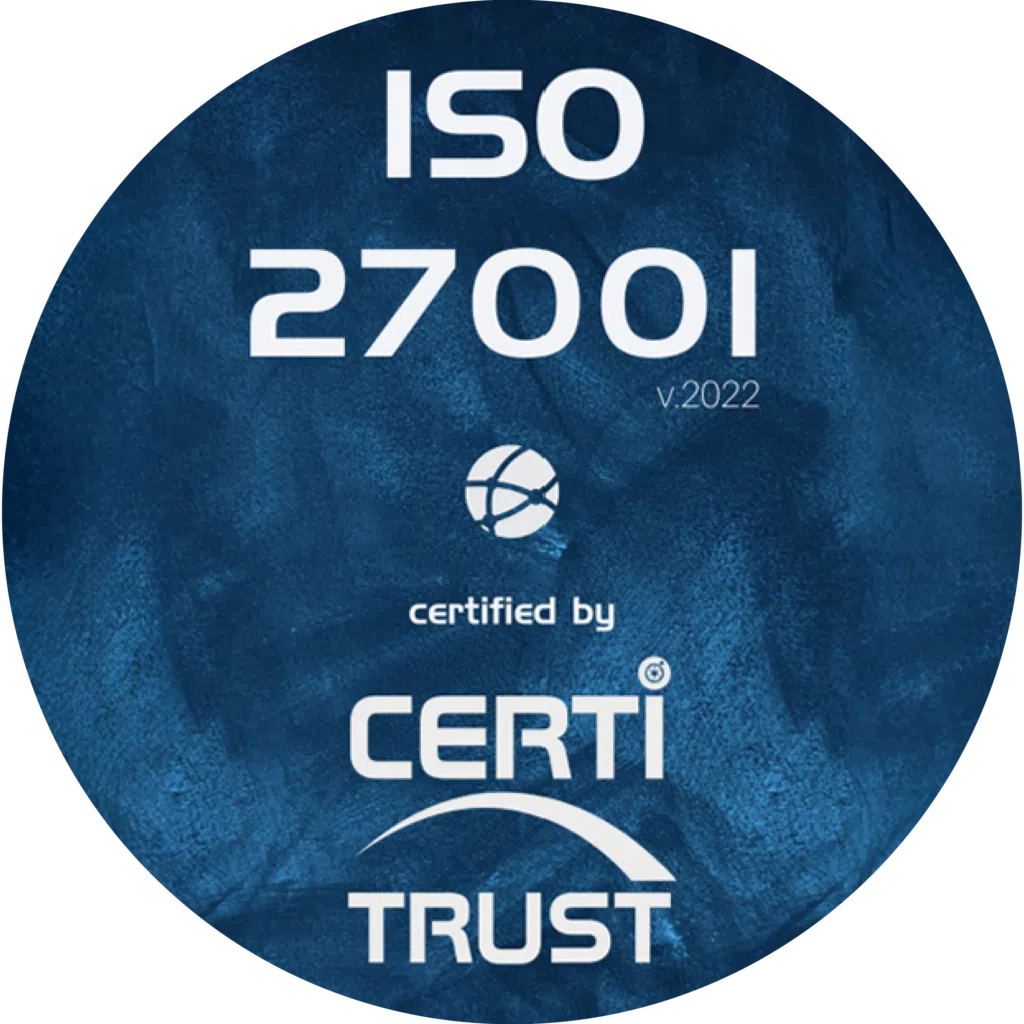At the heart of stock management, active inventory plays a vital role in business performance and profitability. Also known as current stock or operating stock, it represents all the products that are regularly consumed or sold to meet customer demand. In this article, we will explore in detail the characteristics of active stock, its strategic importance and the best practices for optimising its day-to-day management.
What is active stock?
But what exactly do we mean by “active stock”? In reality, it refers to the products most commonly used or sold by a company in the course of its normal business. These products, which are often the most popular with customers, are constantly changing and require constant monitoring to ensure that they are available and in optimum rotation.
Active stock can be defined by a number of characteristics:
- Regular consumption or sale: active stock products are frequently used or sold, which means they need to be constantly replenished to avoid stock-outs.
- Significant contribution to sales: active stock often represents a significant proportion of the company’s sales and margins.
- High turnover: active stock products generally have a short shelf life and a high turnover rate, which helps to minimise holding costs.
Strategic importance of active inventory
Active stock is more than just a collection of products stored in a warehouse. It plays a strategic role in a company’s operational and financial performance. Effective active stock management offers a number of advantages:
- Meeting customer demand: by maintaining an adequate level of stock, the company ensures that it can deliver the requested products on time and meet customer expectations in terms of availability.
- Optimise costs: good active stock management reduces the costs associated with storage, handling and the risk of obsolescence, while avoiding stock-outs and lost sales.
- Improve cash flow: with stock levels in line with actual demand, companies can reduce their working capital requirements and free up cash for other projects.
- Improved agility: fine-tuned management of active inventory enables companies to adapt quickly to market variations and seize growth opportunities.
Best practices for optimising active stock management
To make the most of your active stock, we recommend that you put in place a number of best practices:
Monitor key performance indicators
Regular monitoring of indicators such as stock rotation rate, service rate or stock coverage enables you to assess the performance of your active stock and identify areas for improvement. These indicators should be analysed at an appropriate frequency (daily, weekly or monthly) and compared with the targets set.
Segmenting active stock
It is often appropriate to segment active stock according to criteria such as value, criticality or demand variability. This segmentation makes it possible to adapt management rules and service levels according to the challenges of each product category. For example, high-value, high-turnover products will be monitored more closely and replenished more frequently than low-value, low-turnover products.
Optimising management parameters
For each reference in the active stock, it is important to determine the optimum management parameters, such as the order point, the economic order quantity or the safety stock. These parameters need to be regularly updated in line with changes in demand, supply lead times and operational constraints. Inventory management software can help you automate these calculations and simulate different scenarios to find the best balance between service levels and inventory costs.
Working with suppliers
Close collaboration with suppliers is essential to optimise active stock management. Putting in place processes for exchanging information (sales forecasts, stock levels, delivery times) improves the visibility and responsiveness of the supply chain. Techniques such as Continuous Replenishment (CRP) or Vendor Managed Inventory (VMI) can also help to reduce stocks while guaranteeing a high level of service.
Involving operational teams
Active stock management is not limited to the logistics team; it involves everyone in the company. It is important to involve the sales, marketing and finance teams in defining objectives and monitoring active stock performance. Regular meetings enable information to be shared, bottlenecks to be identified and concerted action plans to be put in place to optimise stock management.
Relying on a high-performance information system
Finally, to manage your active inventory effectively, you need a reliable, user-friendly information system. Inventory management software such as Weproc offers a wide range of functions for automating stock monitoring, generating alerts in the event of drift, analysing data and supporting collaborative processes. By relying on high-performance tools, companies can gain in efficiency, responsiveness and control over their active stocks.
In a nutshell: active inventory
Active inventory is a central element of inventory management, and one that has a major impact on a company’s performance and profitability. By implementing best practice in terms of monitoring, segmentation, parameter optimisation and collaboration, companies can make the most of their active stock and become more competitive. The use of high-performance inventory management software such as Weproc is an invaluable asset for automating and optimising the day-to-day management of active inventory.
To find out more about the different types of stock and how to optimise their management, we invite you to read our full article on the subject.
Finally, don’t hesitate to contact us to find out how Weproc can help you optimise your active inventory management and achieve your performance objectives. Our team of experts will be delighted to show you the features of our solution and help you implement effective active inventory management tailored to your specific challenges.
Want to learn more about our Weproc procurement management software?
Contact us or request your 15-minute demo below!









